Full text
PDF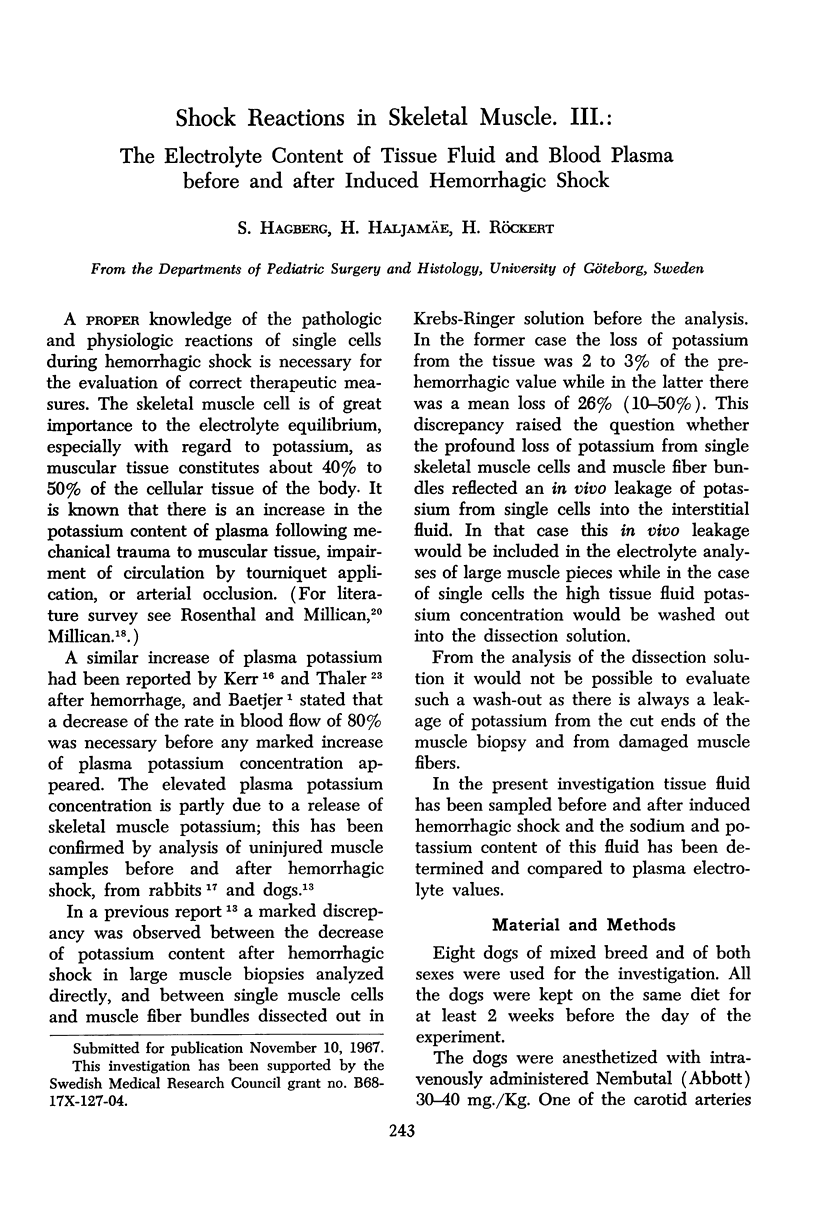
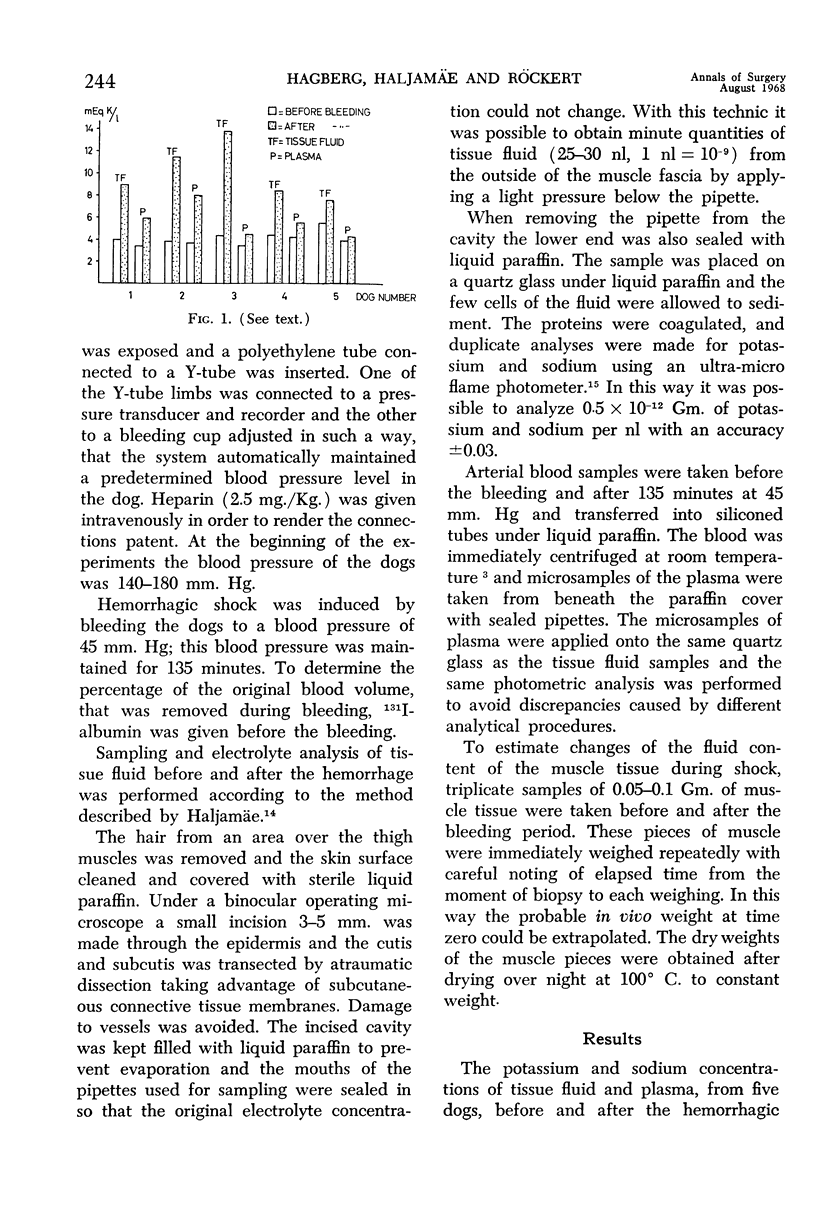
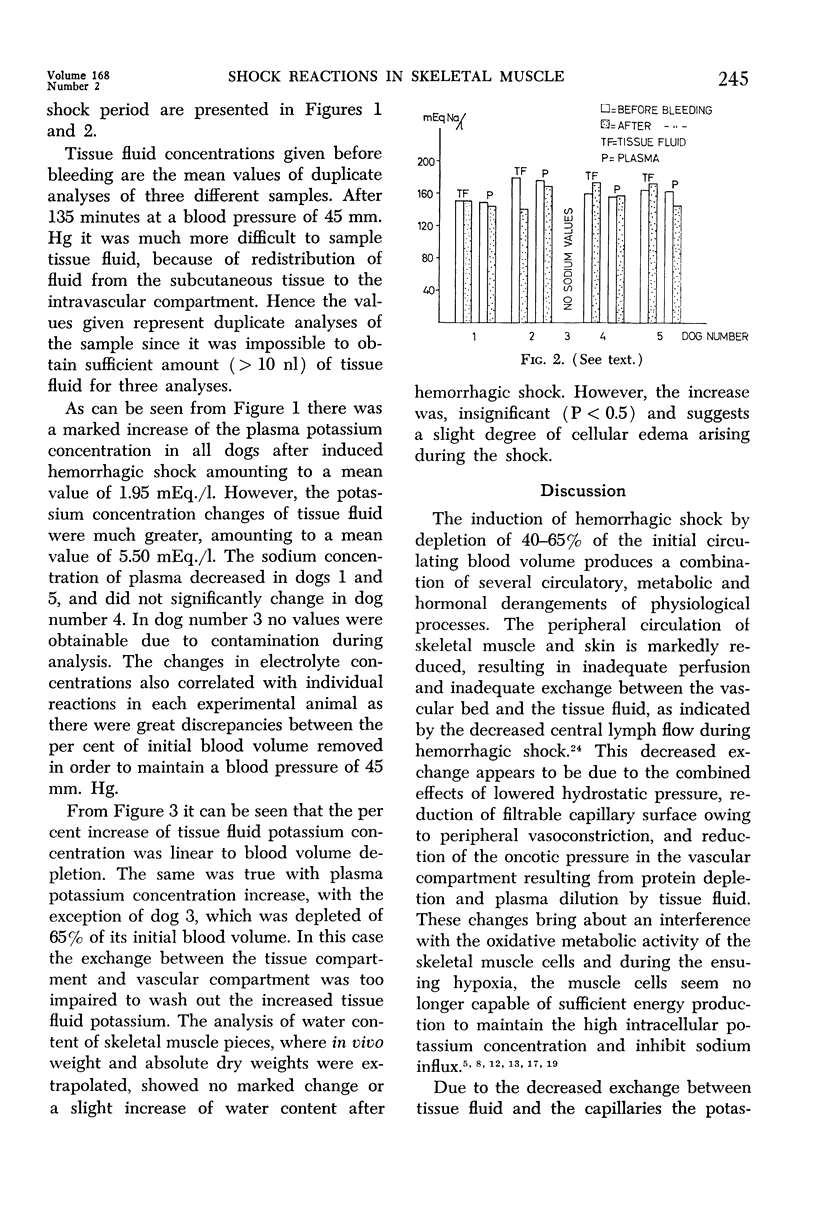
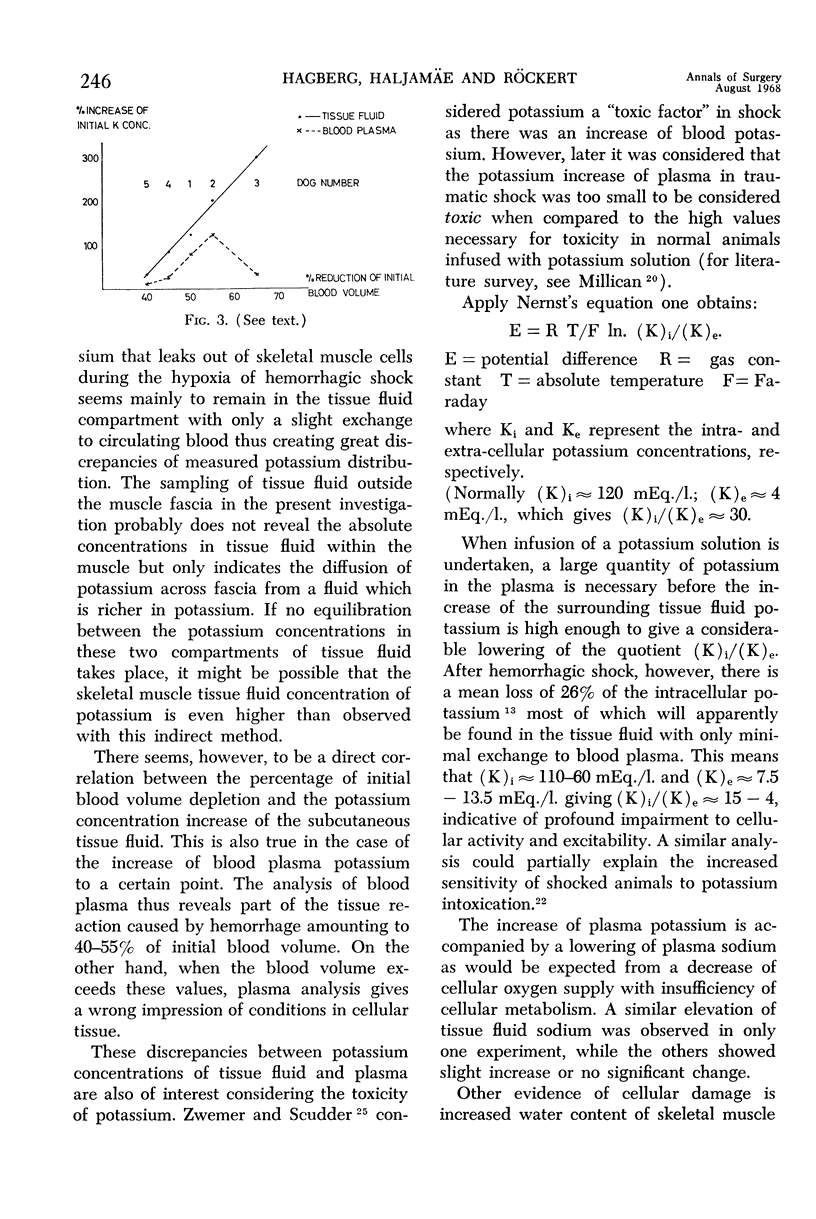
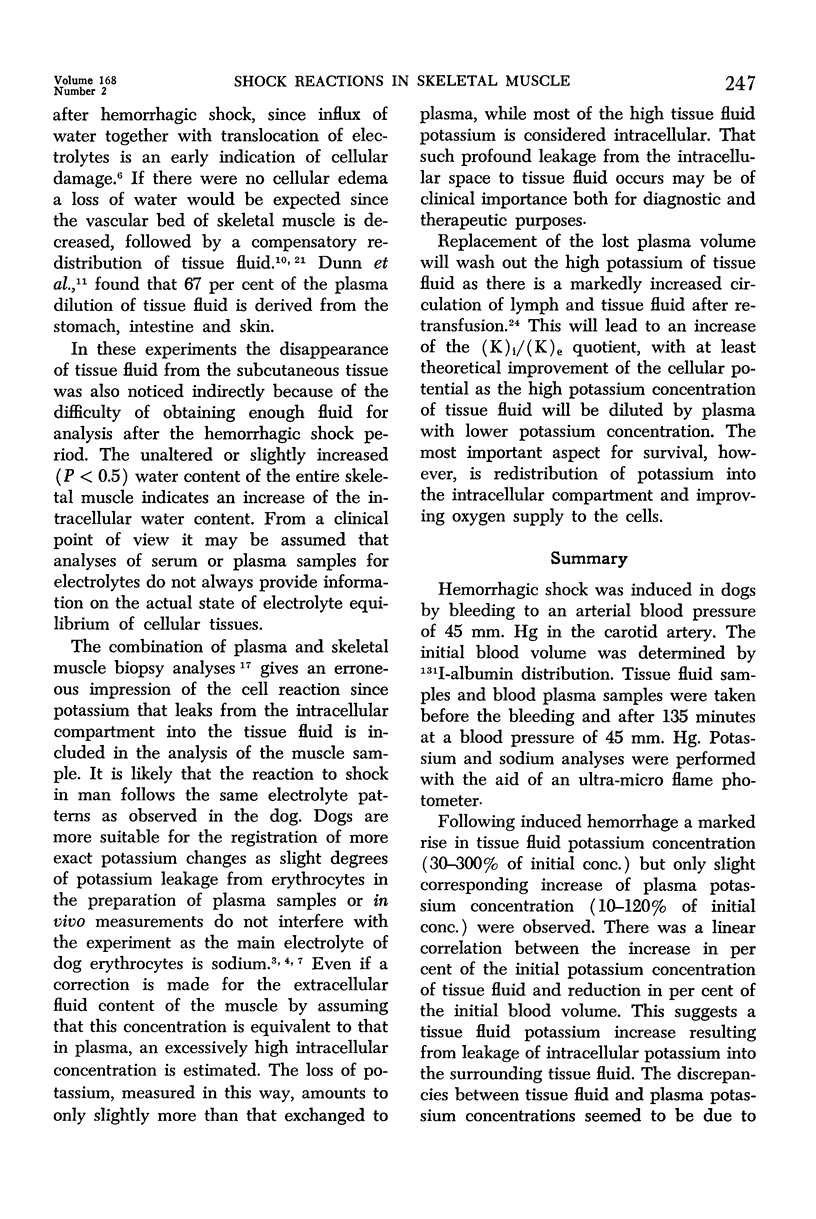
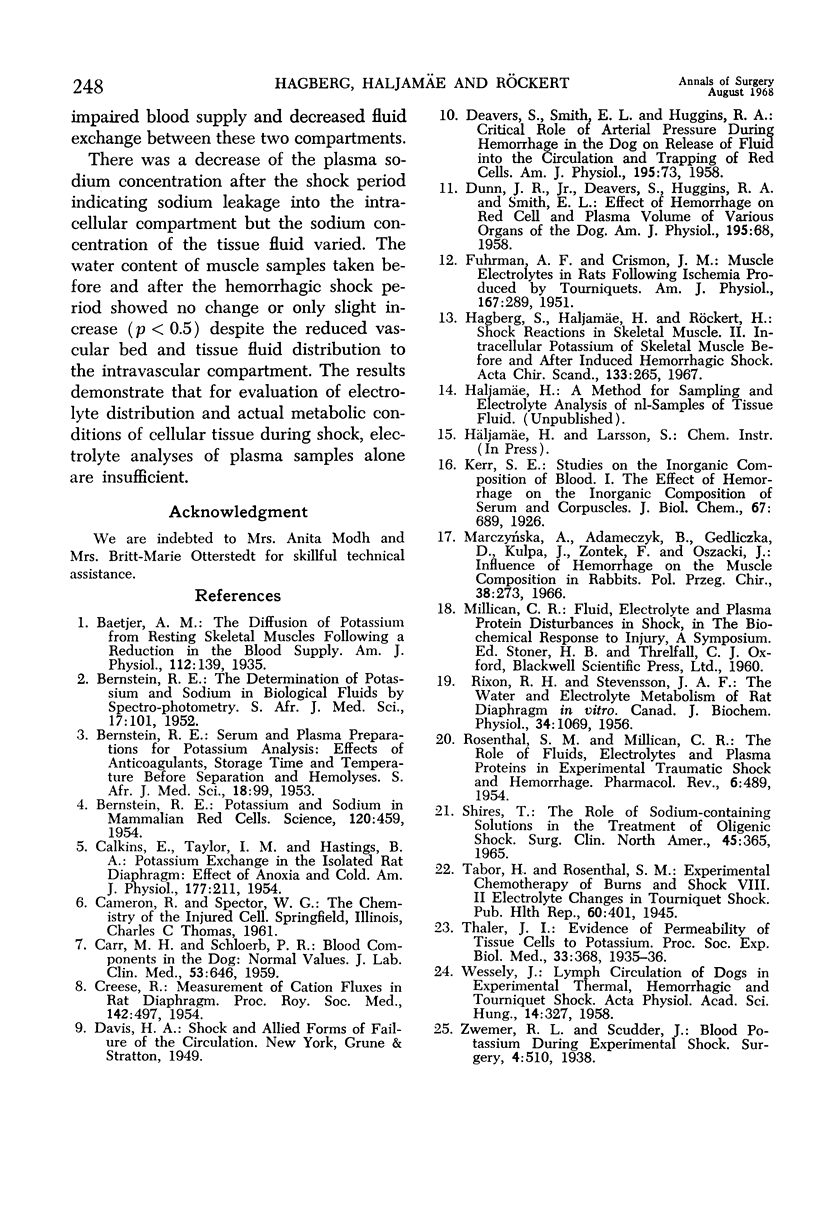
Selected References
These references are in PubMed. This may not be the complete list of references from this article.
- BERNSTEIN R. E. Potassium and sodium balance in mammalian red cells. Science. 1954 Sep 17;120(3116):459–460. doi: 10.1126/science.120.3116.459. [DOI] [PubMed] [Google Scholar]
- BERNSTEIN R. E. Serum and plasma preparation for potassium analysis: effects of anticoagulants, storage time and temperature before separation, and haemolysis. S Afr J Med Sci. 1953 Dec;18(3-4):99–104. [PubMed] [Google Scholar]
- BERNSTEIN R. E. The determination of potassium and sodium in biological fluids by flame spectrophotometry. S Afr J Med Sci. 1952 Dec;17(3-4):101–116. [PubMed] [Google Scholar]
- CALKINS E., TAYLOR I. M., HASTINGS A. B. Potassium exchange in the isolated diaphragm; effect of anoxia and cold. Am J Physiol. 1954 May;177(2):211–218. doi: 10.1152/ajplegacy.1954.177.2.211. [DOI] [PubMed] [Google Scholar]
- CARR M. H., SCHLOERB P. R. Blood components in the dog: normal values. J Lab Clin Med. 1959 Apr;53(4):646–652. [PubMed] [Google Scholar]
- CREESE R. Measurement of cation fluxes in rat diaphragm. Proc R Soc Lond B Biol Sci. 1954 Sep 27;142(909):497–513. doi: 10.1098/rspb.1954.0039. [DOI] [PubMed] [Google Scholar]
- DEAVERS S., SMITH E. L., HUGGINS R. A. Critical role of arterial pressure during hemorrhage in the dog on release of fluid into the circulation and trapping of red cells. Am J Physiol. 1958 Oct;195(1):73–76. doi: 10.1152/ajplegacy.1958.195.1.73. [DOI] [PubMed] [Google Scholar]
- FUHRMAN F. A., CRISMON J. M. Muscle electrolytes in rats following ischemia produced by tourniquets. Am J Physiol. 1951 Nov;167(2):289–297. doi: 10.1152/ajplegacy.1951.167.2.289. [DOI] [PubMed] [Google Scholar]
- Hagberg S., Halijamäe H., Röckert H. Shock reactions in skeletal muscle. II. Intracellular potassium of skeletal muscle before and after induced haemorrhagic shock. Acta Chir Scand. 1967;133(4):265–268. [PubMed] [Google Scholar]
- Marczyńska A., Adamczyk B., Gedliczka O., Kulpa J., Zontek F., Oszacki J. Wpływ krwotoku na skład mieśnia u królika. Pol Przegl Chir. 1966 Apr;38(4):273–277. [PubMed] [Google Scholar]
- RIXON R. H., STEVENSON J. A. The water and electrolyte metabolism of rat diaphragm in vitro. Can J Biochem Physiol. 1956 Sep;34(5):1069–1083. [PubMed] [Google Scholar]
- ROSENTHAL S. M., MILLICAN R. C. The role of fluids, electrolytes and plasma proteins in experimental traumatic shock and hemorrhage. Pharmacol Rev. 1954 Dec;6(4):489–520. [PubMed] [Google Scholar]
- SHIRES T. THE ROLE OF SODIUM-CONTAINING SOLUTIONS IN THE TREATMENT OF OLIGEMIC SHOCK. Surg Clin North Am. 1965 Apr;45:365–376. doi: 10.1016/s0039-6109(16)37537-5. [DOI] [PubMed] [Google Scholar]
- WESSELY J. Lymph circulation of dogs in experimental thermal, haemorrhagic and tourniquet shock. Acta Physiol Acad Sci Hung. 1958;14(4):327–351. [PubMed] [Google Scholar]


